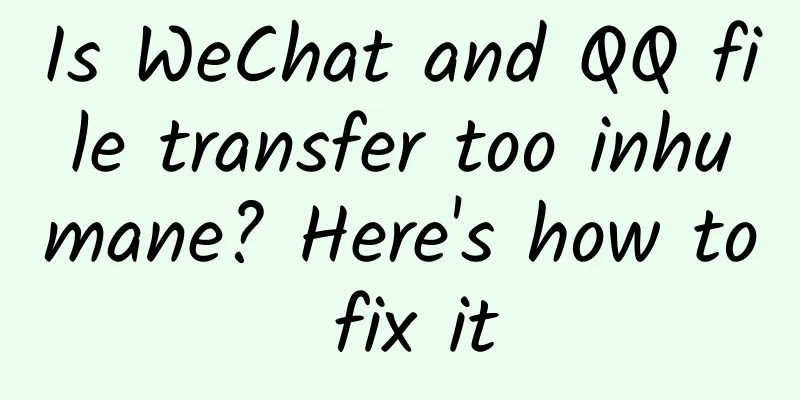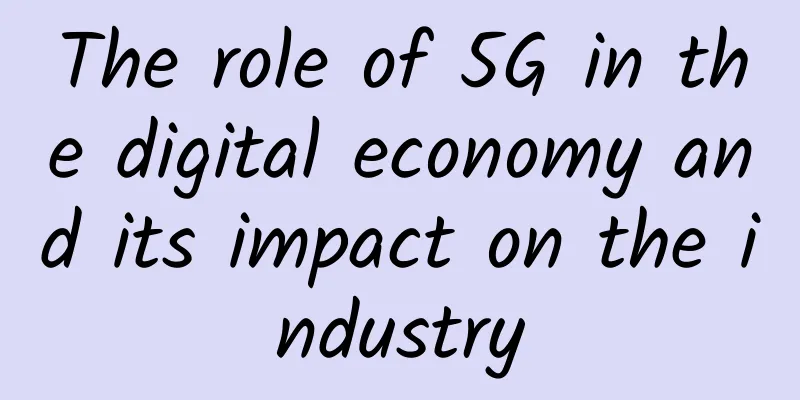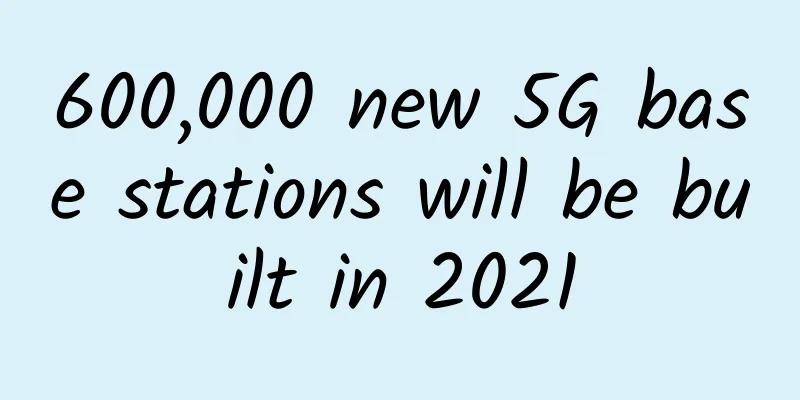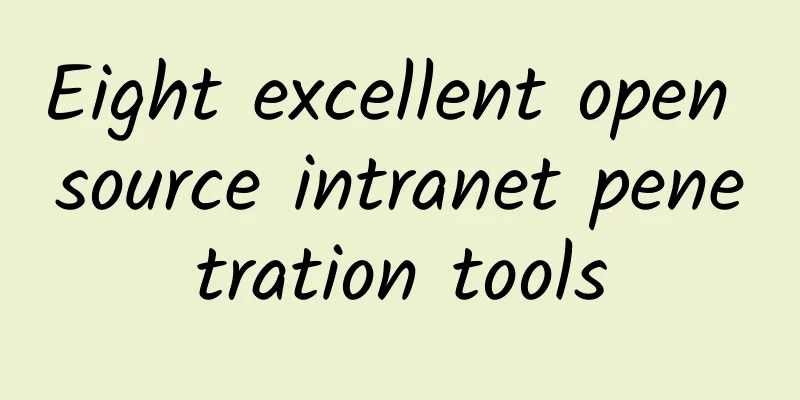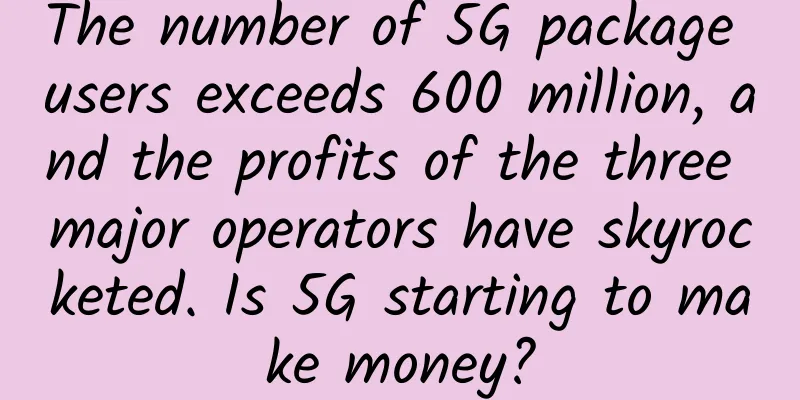Guess how much of Huawei Cloud's "black technology" is used in Huawei Mall (Vmall)?
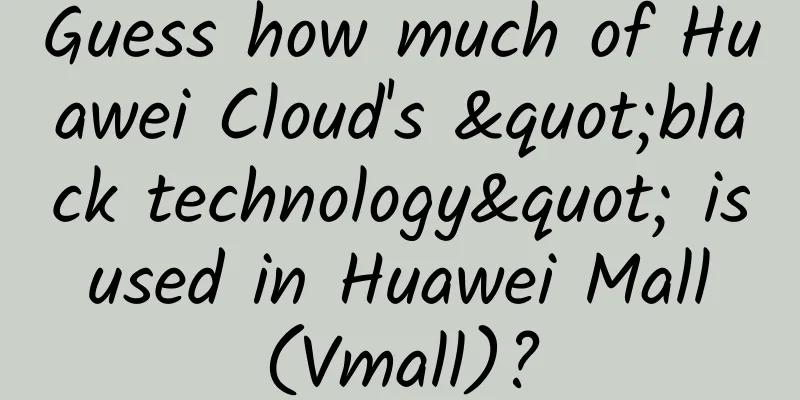
|
[51CTO.com original article] Within a few days after the launch of HUAWEI Mate 10, the Moments were flooded with comments: some exclaimed the exquisite workmanship, some posted photos to make others envious, and some commented on the smooth system. However, more people were asking questions: Why does Huawei Mall (Vmall) still show "arrival notification"? How can we get the hot HUAWEI Mate 10 as soon as possible? Whenever seeing such questions, the first thing that comes to the mind of IT engineers of e-commerce websites is how much access pressure is the backend system of Huawei Mall (Vmall) under these days? Once the official sales start, Huawei Mall (Vmall) will face a fierce buying frenzy. What kind of flexible architecture is supporting its calm operation, and what kind of technical system is ensuring that the mall business responds to the needs of "pollen" in real time? In fact, many people have figured out the answer. As a self-operated e-commerce platform under Huawei, most of the IT system solutions used by Huawei Mall (Vmall) come from Huawei itself, and Huawei Cloud was the first to be used at the beginning of its establishment. This confirms what Mr. Ren Zhengfei of Huawei said: "Eat the dog food you make first, and jump with the parachute you produce first." So what are Vmall's main demands on Huawei Cloud? How does Huawei Cloud help Vmall calmly cope with the challenges of e-commerce promotions and rush purchases? What is Huawei Cloud's unique understanding of the e-commerce industry? Recently, several technical experts from Huawei Cloud unveiled the mystery and revealed how Huawei Cloud uses technology to help Vmall achieve soaring performance and provide "pollen" with an amazing user experience. Huawei Cloud: Vmall, I watched you grow up Huawei Cloud technical experts said that the Vmall e-commerce platform system was built with the help of Huawei Cloud from the very beginning. In 2015, Huawei Cloud began to help Vmall build a two-site three-center architecture, including active-active and disaster recovery architecture. Now, after several rounds of iterative upgrades, including infrastructure and platform updates and upgrades, Vmall has developed into a large-scale and competitive e-commerce platform. Huawei technical experts emphasized that a large proportion of Vmall's sales performance came from rush sales. Unlike the relatively stable application traffic of traditional enterprise systems, once Huawei's new products are released, or during shopping seasons such as "Double Eleven", the impact of high peak and high concurrency traffic puts great pressure on the IT architecture. During peak periods, the number of transactions per second can reach more than a thousand times, and the traffic peak can reach more than 30G. If traditional resource scheduling methods are relied on, it will not be able to cope with it in time. Therefore, during the rush sales, Vmall needs to expand a large amount of resources in a very short time, including bandwidth, storage resources, and computing resources of the edge network. Vmall's strong demand for flexible expansion of traffic is exactly what Huawei Cloud is good at. In 2016, Huawei released the HUAWEI Mate 9 Porsche Edition. Huawei Cloud used automated tools to schedule and accurately estimate the peak value, which stably supported the online rush to buy the entire event. There is a set of data that can also illustrate the problem: during the new product launch, Vmall's daily user volume surged nearly 5 times, with millions of concurrent users during peak hours, business transaction volume of over 100 million yuan in 9 hours, and thousands of high-risk business attacks were encountered online. All of this has been smoothly transitioned with the support of Huawei Cloud. Vmall further upgrades its three major demands on Huawei Cloud After reading this, if you think that Vmall's request to Huawei Cloud is only about flexible resource expansion, that would be too simplistic. As an innovative cloud service provider, Huawei Cloud provides 360-degree support for Vmall and provides a full set of solutions for Vmall's three key demands. From the perspective of platform requirements, Huawei Cloud plays to its strengths, focusing on system scalability, providing elastic, flexible and reliable cloud resources, ensuring that the Vmall system supports active-active and disaster recovery, and ensuring high system reliability. From the perspective of business needs, it used to take one day for Vmall to batch create 300 VMs. As promotional activities became more frequent, this time obviously could not meet the needs of the business department. Now, with multiple services provided by Huawei Cloud, it only takes 5 minutes to quickly issue 300 VMs. In addition, Huawei Cloud also provides a variety of services, such as elastic bandwidth, self-application and configuration of load balancing, Cloud Shield Anti-DDoS security protection, API interface management, etc., which greatly support the rapid development of the business. From the perspective of management and maintenance needs, the solution provided by Huawei Cloud can greatly simplify Vmall's operation and maintenance work, whether it is the simple and easy-to-use console operation interface, cloud monitoring and reporting, or real-time activity data reporting, all of which make management work simple. It is reported that the current Vmall operation and maintenance management team has less than 10 people, who are responsible for all mall system operation and maintenance management through Huawei Cloud. Huawei Cloud e-commerce solution: Let us go further together Vmall is like a "touchstone", allowing Huawei Cloud Services to withstand rigorous performance tests. With the invisible promotion of Vmall's "living business card", Huawei Cloud's e-commerce solutions are winning recognition from more and more e-commerce users. For e-commerce users, the biggest attraction of Huawei Cloud is that it combines rich industry platform services and Huawei's basic cloud services to provide end-to-end e-commerce solutions, which can help enterprises build their own e-commerce ecosystem. It is worth mentioning that enterprises can build e-commerce platforms with one click, automatically complete the creation and configuration of all resources, and automatically adjust elastic computing resources according to e-commerce business needs and strategies to cope with high concurrency and ensure smooth and healthy business operations. In addition to supporting various cloud resources, Huawei Cloud also takes into account the problems of many e-commerce websites, such as high promotion investment and low user second order rate. To this end, Huawei Cloud services provide Hadoop, Spark, HBase and other capabilities, which can quickly and efficiently process user data, analyze user behavior trends, and provide data support in product display, product promotion, product operation, personalized recommendations, etc., to help e-commerce companies optimize business operations and improve marketing returns. Huawei Cloud technical experts finally added that Huawei Cloud e-commerce solutions provide one-stop cloud solutions for e-commerce customers of different sizes, helping e-commerce customers to quickly and cost-effectively deploy services, and use the characteristics of high elasticity, high reliability, high concurrency, and security protection to easily cope with e-commerce business scenarios such as promotions, flash sales, and hot products. "Huawei itself remains neutral to the e-commerce business. At the same time, through flexible business scheduling capabilities, it effectively reduces the TCO of e-commerce platforms, copes with e-commerce platform traffic peaks, and improves user shopping experience through static content acceleration optimization, and ensures the safe operation of e-commerce business through all-round security protection." Cloud has become a basic resource like water, electricity and coal, and more and more e-commerce businesses are being displayed on the cloud. Anta's brand direct-sale mall has achieved online and offline integration of e-commerce, helping the rapid growth of the business; the pharmacy.com mall has nearly 200,000 kinds of medicines, including information on more than 100,000 pharmacies, nearly 20,000 hospitals, and more than 5,000 pharmaceutical factories. Transactions and e-commerce flash sales in the transformation business are sudden, and Huawei Cloud has elastic scaling and unlimited expansion capabilities; Youguo.com uses Huawei Cloud's back-end management to give enterprises full functions and sufficient permissions, supporting every link from service and product selection, purchase, activation, configuration, operation, management to monitoring, making complex IT operations fast and simple. E-commerce has penetrated into all aspects of different industries, and Huawei Cloud is willing to help e-commerce companies incubate e-commerce platforms with their own characteristics. [51CTO original article, please indicate the original author and source as 51CTO.com when reprinting on partner sites] |
<<: You know Bitcoin, but do you really understand blockchain?
>>: Latest version of Riverbed SteelCentral performance monitoring platform released
Recommend
The ultimate form of 5G and its ferryman
Recently, I found that many of my friends have su...
BuyVM Miami KVM is online, AMD Ryzen 3900X + NVMe hard drive starting at $2/month
BuyVM announced yesterday that it has launched it...
Ruijie Networks launches Cloud Office 4.0 solution as an alternative to commercial PCs
On June 12, Ruijie Networks held a media conferen...
A brief history of the development of instant messaging (IM)
We are not unfamiliar with instant messaging (IM)...
Cisco Chairman and CEO Chuck Robbins delivered a speech at the China Development Forum 2020: Innovation and cooperation promote prosperity and development
On November 11, 2020, the 2020 China Development ...
All the information about IPv6 is here? Learn more in one article
Now many operators support IPv6. The day before y...
New Development Trends of Cultural Industry in the 5G Era
5G technology has the characteristics and advanta...
It is estimated that by the end of 2020, the number of 5G users in North America will reach 20.9 million
North America is currently one of the most develo...
Big and small! The little sister tells you everything about BeautifulSoup
[[427165]] Learn more about BeautifulSoup Scrapin...
How will future 6G networks cope with the demand for mobile data?
Ian Wong, director of RF and wireless architectur...
In order to understand the principle of CDN, I have gone bald.
[[420808]] This article is reprinted from the WeC...
SD-WAN vs. VPN: How Do They Differ?
When it comes to comparing SD-WAN vs. VPN service...
Master the knowledge of optical modules in one article and become a necessary skill for network engineers
In this era of information explosion, data transm...
Distinguish between fat AP and thin AP, full WiFi signal coverage will be easy
Wireless AP is an access point for users who use ...
Huawei Cloud Internet Summit: 5G+Cloud will reshape the pan-Internet
Recently, the "Shanghai·Choose Extraordinary ...

